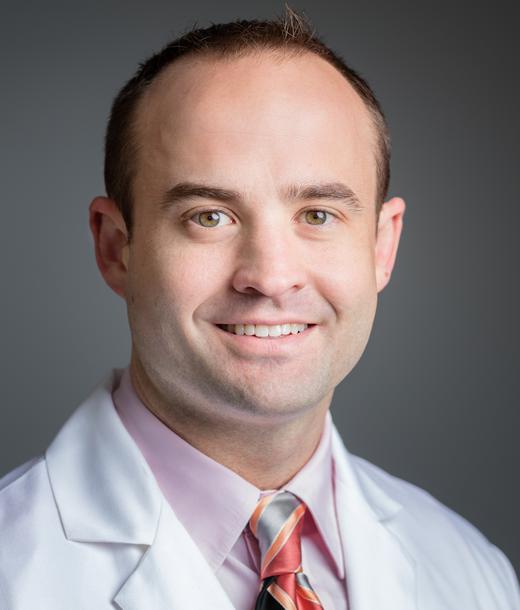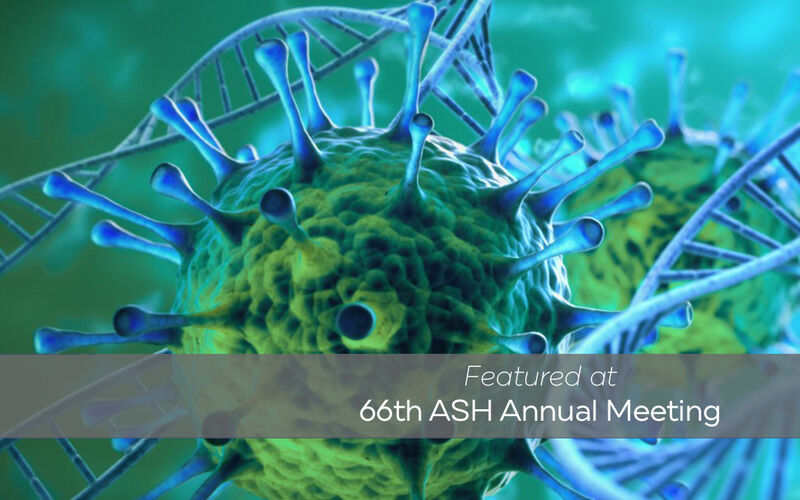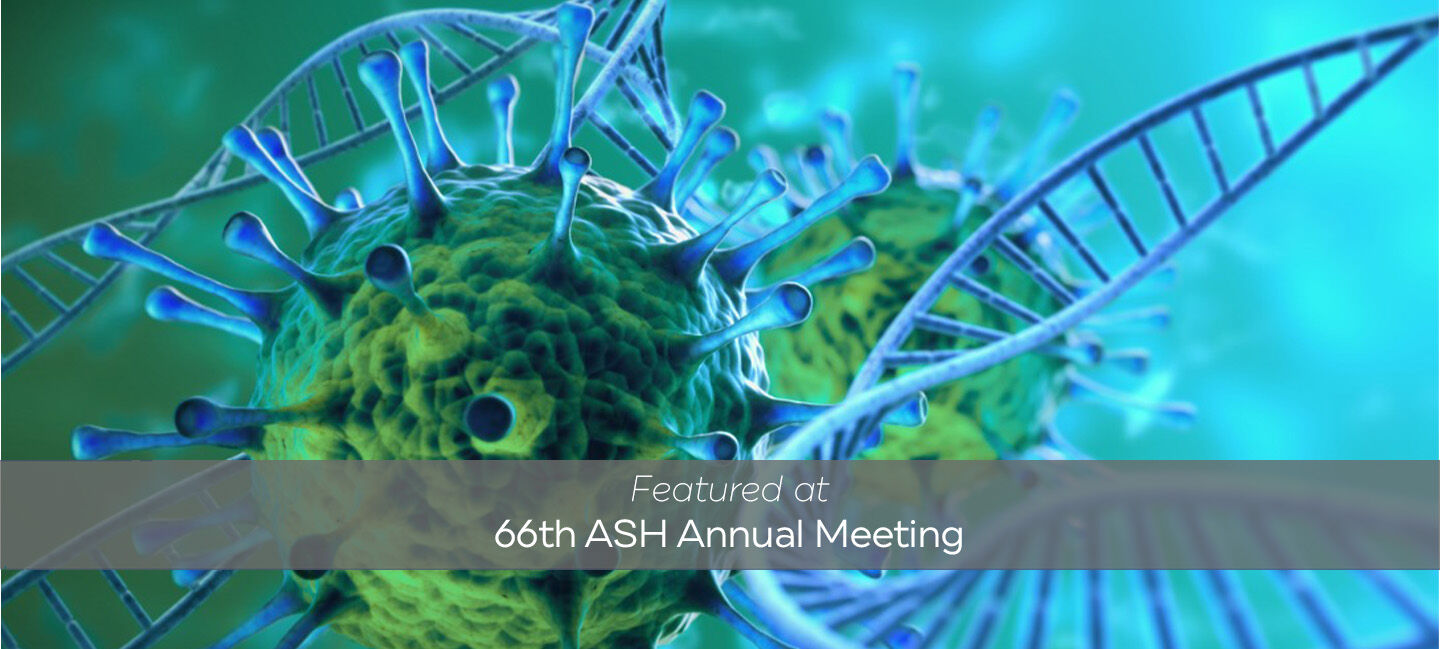Moffitt Researchers Find Breakthrough Treatment for Aggressive Blood Cancers
Innovative advancements in treating aggressive cancers driven by TP53 mutations will be highlighted at the American Society of Hematology annual meeting, with research presented by David Sallman, MD, and Asmita Mishra, MD, of Moffitt Cancer Center’s Malignant Hematology Department. These mutations, which disrupt the gene’s crucial tumor-suppressing role, are associated with highly resistant forms of myelodysplastic syndromes and acute myeloid leukemia. Sallman’s and Mishra’s pioneering work offers new hope in addressing these complex challenges, representing a significant step forward in the fight against aggressive blood cancers.

David Sallman, MD
Patients with TP53-mutant blood cancers often face challenging outcomes with conventional treatments. Standard of care for these patients include treatment with azacitidine, a type of chemotherapy known as a hypomethylating agent. Hypomethylating agents affect the way certain genes inside the cells are controlled and can activate death in cells that are rapidly dividing. While this type of therapy can lead to remission for a small percentage of patients, survival is poor, ranging from five to nine months.
The focus of this study is a combination therapy using eprenetapopt and azacitidine, a regimen that aims to reactivate the tumor-suppressing functions of the TP53 protein. Once in the body, it induces cell death in TP53 mutant cancer cells. When eprenetapopt is combined with azacitidine, the drugs provide an amplified response. This innovative approach has shown promising results in earlier trials, leading to significant improvements in patient outcomes.
“Patients with TP53-mutant disease have limited options, with standard therapies often failing to produce durable responses. Our trial has shown that the combination of eprenetapopt with azacitidine significantly decreases the risk of progression and increases the overall survival rates compared to historical outcomes,” Sallman said.

Asmita Mishra, MD
Sallman and Mishra presented the latest advancements in their research, showing how this treatment helps patients live longer with fewer chances of relapse. They use a special method called measurable residual disease monitoring to detect very small numbers of cancer cells that remain after treatment. This advanced technique helps doctors determine how effective the treatment has been.
“Using this method we know how the cancer is reacting over time. This helps us improve how we take care of patients in the long run,” Sallman said.
By using this detailed tracking, the study found an important result: If no cancer cells are found after the treatment is done, it’s a good sign that the patient will stay healthy longer and have a better chance of surviving the cancer.
“When we don’t find any TP53 cancer markers after treatment, patients usually stay healthy without signs of cancer for a longer time. This shows how important it is to keep checking patients and continuing treatment to help them get better results,” Sallman said.
This research has the potential to redefine treatment standards for cancers associated with TP53 mutations. By transforming current approaches, it offers new hope to those facing these complex conditions.




